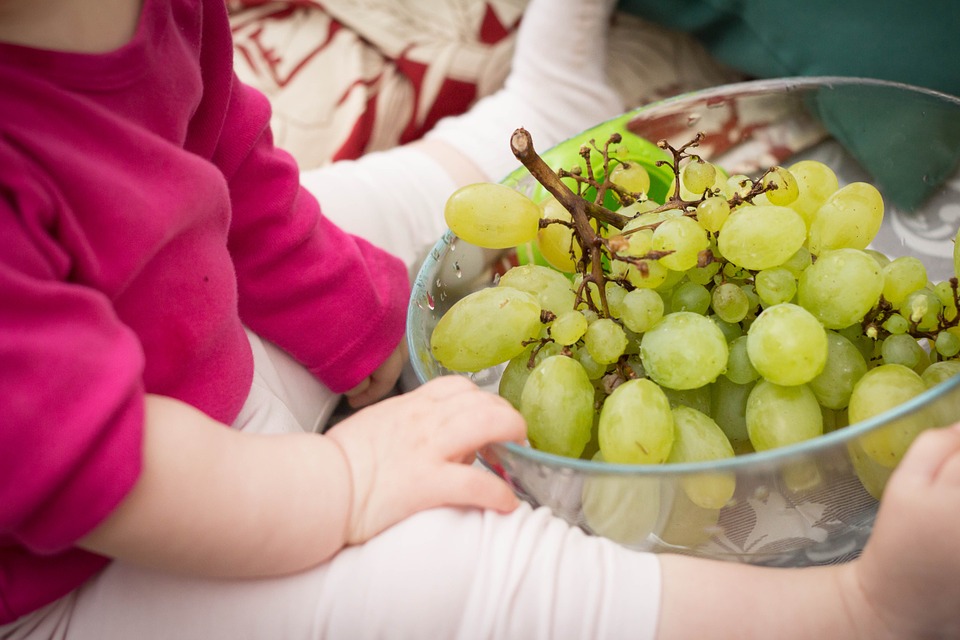Grapes are the third most common cause of death in food-related incidents, however awareness of their danger is limited
Research from the US and Canada suggests that grapes are the third most common cause of death in food-related incidents, behind only hotdogs and sweets. But doctors say there is a lack awareness of the choking risks posed by soft fruits, with only a small number of cases seen in hospitals, many parents and carers are not aware of the potential danger. However there may be a very high number of ‘near misses’ that are not taken into account, therefore being missed.
The size and shape of grapes means that they can completely plug children’s airways, with the tight seal produced by fruit’s smooth, flexible surface making them tricky to shift with first aid manoeuvres. It is suggested that parents and carers chop up soft fruits such as grapes and cherry tomatoes into quarters before giving them to children and to always provide close supervision.
The authors of the research outlined a number of tragic cases that have occurred in recent years, one of which involved the death of a 17-month-old boy who choked on a grape at his home. Another case detailed a five-year-old boy who choked on a grape at an after school club, with first aid attempts by staff and an ambulance team unable to dislodge the fruit. The child went into cardiac arrest and, despite a paramedic managing to remove the grape with a special pair of forceps, unfortunately died.
It has been highly suggested that supermarkets and big chains should consider putting some choking hazard warning labels on grapes and other food sorts, just like they do on toys. This can help to educate parents and hopefully decrease the cases of choking.
It is also vital that parents, carers and professional know what to do if a child chokes. Many Early Years settings insist on all staff being first aid trained and able to act fast if they witness a child choking. However a number of parents are still unsure on the correct procedure for this.

